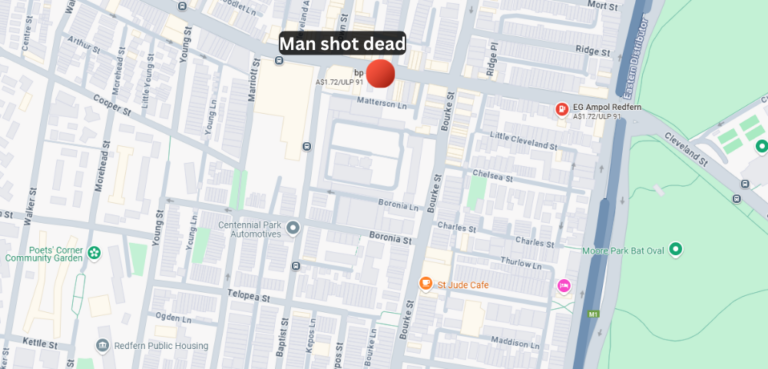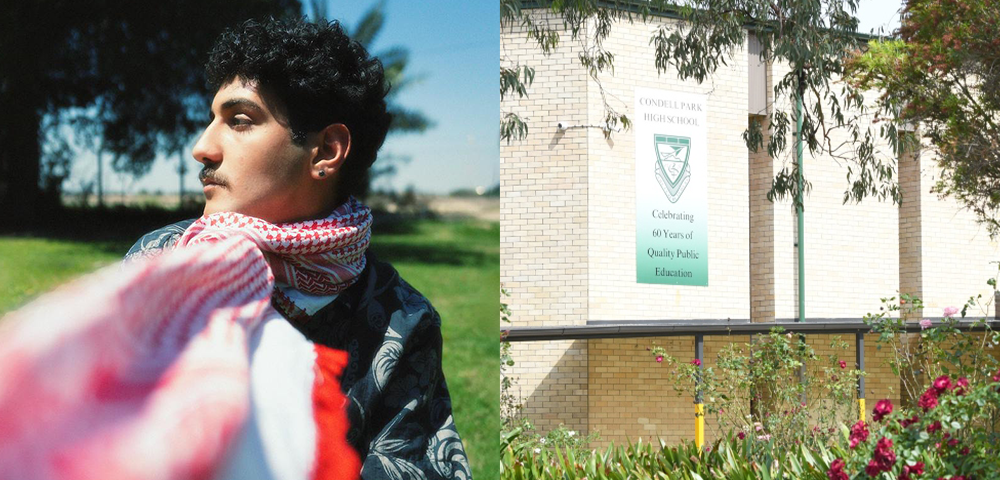
Sydney signs spruced up
Navigating around Sydney is about to get simpler. City of Sydney Council has drafted a Legible Sydney Wayfinding Strategy, promising improved directions around the city. A network of street signs navigating people towards places of interest and explaining what they can do when they arrive, as well as maps indicating walking distance, are expected to feature.
Greens Councillor Irene Doutney said: “I think a lot of streets are [currently] poorly signed and intersections can be confusing. As a global city, it is important that signage and public information is available to make our city easier to walk around, understand and explore.”
Modelling designs based on those in London, the new signs will use increased symbols, pictograms and multilingual print. Cultural awareness training will be provided for visitor information centres too.
People with disabilities will also be accommodated, with an increased use of tactile plates for people living with visual impairments together with clearer typeface and colour contrast on signs and maps to improve legibility.
People with Disabilities (PWD) is an external stakeholder reference group for this project. Samantha French, Advocacy Projects Manager at PWD, said the Wayfinding Strategy could help people with a disability to independently navigate their way around the city. “This is something that the general community may often take for granted”, she said. “People with disability are often reliant on others to assist them to plan their trip and to move around the city, or are unable to access the city at all.”
The upgrade to Sydney’s 15 year old signage system also includes
increasing interactive and digital outlets. In lieu with Sustainable
Sydney 2030 initiatives, cyclists will soon be able to Google the quickest and safest routes based on City of Sydney bike lanes. The search results will also attempt to avoid hills and busy intersections.
Already a popular tool in the United States, Nabil Naghdy, Maps Product Manager at Google Australia, hopes the technology will take off in Australia. “We really hope it will help encourage even more people to start using cycling for their commute and recreation,”
he said. “We know that it is good for the environment and personal
health and aids congestion.”
The strategy will first be trialled in the City Centre, Woolloomooloo, Wynyard and Harbour Village North areas, as these have the most concentrated foot traffic. The draft will be on public exhibition from August 13 to September 7.









